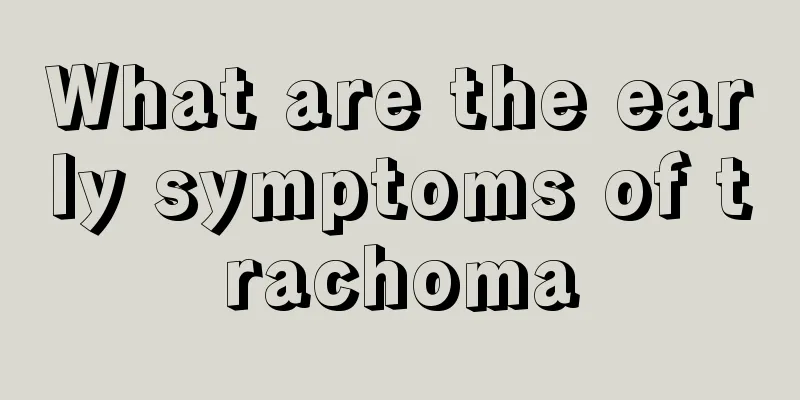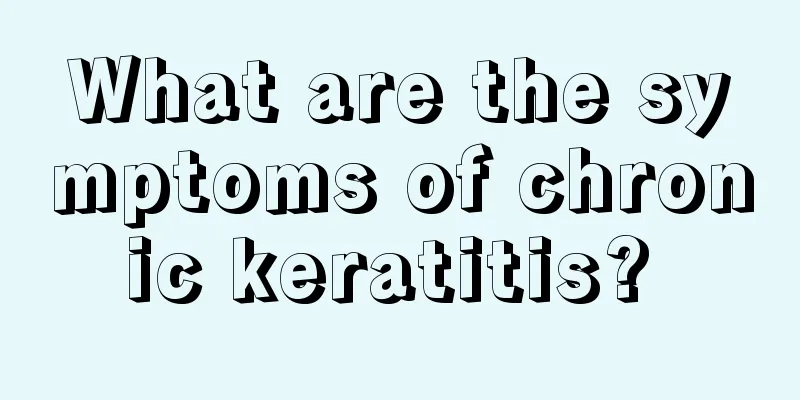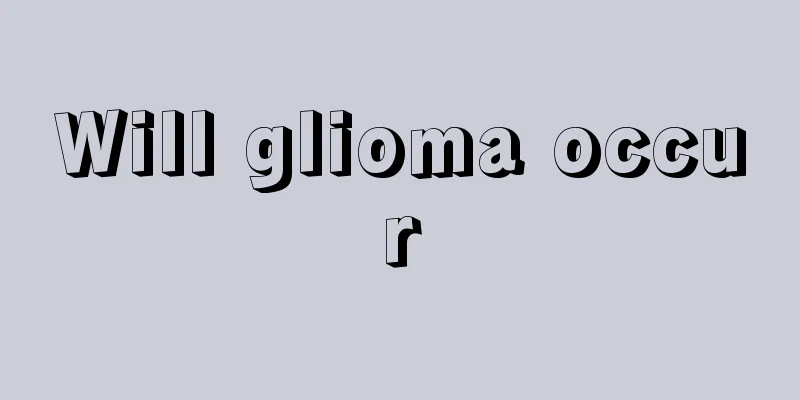Introducing things about thyroid cancer

|
In recent years, thyroid cancer has attracted a lot of attention. Once diagnosed with thyroid cancer, many patients and friends feel fear and confusion, which brings great physical and mental torture. So what kind of disease is thyroid cancer? Let me introduce you to some things about thyroid cancer. What is the nature of thyroid cancer? The most important physiological function of the thyroid gland is to secrete thyroxine and calcitonin in appropriate amounts to maintain our normal physiological needs. Thyroid cancer is essentially a malignant transformation of cells that secrete thyroxine or calcitonin. Compared with normal thyroid cells, the outstanding feature of these cancerous cells is that they continue to grow and accumulate, thus forming nodules, just like a "lump" growing inside the thyroid gland. Because these cancer cells grow for different lengths of time and at different speeds, these nodules can be as small as 1 to 2 mm, as large as several centimeters, or even larger. Therefore, the first manifestation of thyroid cancer is the appearance of nodules in the thyroid gland. There is also a very rare situation, that is, malignant tumors of other organs, such as lung cancer and breast cancer, metastasize to the thyroid gland, which also manifests as nodules in the thyroid gland. Therefore, whether it is the thyroid gland itself that becomes cancerous or is metastasized from other cancers, there will be nodules in the thyroid gland. Simply put, there is no thyroid cancer without thyroid nodules. Are thyroid cancer and thyroid nodules the same thing? Thyroid cancer and thyroid nodules are two different concepts. Thyroid nodules refer to the appearance of "lumps" in the thyroid gland. These lumps are only morphological manifestations of the disease and cannot represent the nature of the disease. Thyroid cancer can naturally manifest as thyroid nodules, but more thyroid nodules are not the result of thyroid cancer, but the result of inflammatory changes, compensatory hyperplasia or benign hyperplasia. Although the incidence of thyroid nodules in adults is very high, accounting for roughly half of the population, 90 to 95 percent of nodules are benign, and less than 10 percent of people have nodules that are thyroid cancer. What is the best way to detect thyroid cancer early? Thyroid ultrasound has a high sensitivity to thyroid nodules and can detect nodules as small as 1 to 2 millimeters, which is difficult to achieve with CT, MRI, and even PET. Ultrasound examination can better determine the number, location, shape, boundary, texture, hardness, blood supply, etc. of nodules. This information is closely related to the judgment of the nature of thyroid nodules. In addition, ultrasound examination is convenient, fast, economical and radiation-free. Therefore, thyroid ultrasound examination is generally considered to be the best method for screening thyroid cancer. Irregular morphology, unclear boundaries, uneven texture and punctate calcification are the most common ultrasound manifestations of thyroid cancer, but it must be pointed out that any of the above manifestations alone cannot confirm thyroid cancer. At the same time, it should be noted that the absence of the above manifestations cannot effectively rule out cancer. When is it necessary to puncture a thyroid nodule? If the doctor considers the possibility of a benign nodule based on the medical history and the results of ultrasound examination, he can continue to observe the nodule. On the contrary, if he thinks the possibility of thyroid cancer is very high, he can directly perform surgery. However, if you encounter a nodule that seems to be true, especially one with a diameter greater than 1 cm, it is necessary to do a puncture examination. Although the puncture examination is somewhat traumatic and there is a risk of hematoma and even hoarseness in some cases, overall, the benefits outweigh the disadvantages for diagnosis and treatment. Cancer implantation is rare, and the impact on surgery can mostly be overcome. What is the best treatment for thyroid cancer? Most thyroid cancers are well differentiated and insensitive to radiotherapy and chemotherapy. Surgical resection is the most effective and reliable treatment. Although thyroid cancer develops more slowly than laryngeal cancer and nasopharyngeal cancer, it is still a gradual deterioration. Once diagnosed with thyroid cancer, surgery should be performed actively except in individual cases. The scope of surgery varies according to the severity of the lesion. In mild cases, only half of the thyroid gland needs to be removed to eliminate the threat to the human body. As the lesion progresses, the entire thyroid gland may need to be removed, and metastatic lymph nodes must be cleared. Nuclear medicine treatment (131I) is also required after surgery. If thyroid cancer invades the larynx and trachea, the damaged larynx and trachea still need to be removed, and the cost can be imagined. Although thyroid cancer has a relatively slow development personality, it also has the commonality of malignant tumors such as lung metastasis or bone metastasis. Once metastasis to these organs occurs, the treatment effect drops sharply. In addition, a few people can also develop into very dangerous undifferentiated cancer. Once undifferentiated cancer is formed, the average survival time is only about 6 months. In short, surgical resection plays a decisive or key role in the treatment of differentiated thyroid cancer. |
<<: Pathological diagnosis of several common thyroid cancers
>>: What are the application methods in thyroid cancer care
Recommend
Can pregnancy increase the risk of breast cancer?
The importance of breasts to women is self-eviden...
Can't lower my head because my cervical spine hurts
Nowadays, there are many people who are addicted ...
Sacroiliac arthritis
Arthritis refers to inflammatory diseases that oc...
What to do if you get poisoned by eating lentils
Lentils are a relatively common vegetable. They a...
What is the best treatment for athlete's foot
Athlete's foot is always an embarrassing topi...
What are the differences between esophageal cancer and laryngeal cancer
What is the difference between laryngeal cancer a...
How to use medicine for gastric cancer? You can try these four medicines
Patients with gastric cancer need to be especiall...
What is the best way to treat varicose veins in the lower legs
Varicose veins in the lower legs are a common vas...
Coal Worker's Pneumoconiosis Stage I
Many jobs will cause physical illnesses, which ar...
Can I eat figs if I have kidney stones?
Everyone knows that kidney stones are a very unco...
What causes cramps? What causes cramps while sleeping?
Cramps occur frequently, especially at night when...
Can I take a shower right after the infusion?
Infusion is a very common treatment method in med...
How many days after abdominal wall fibroid surgery can I get out of bed
Abdominal wall fibroma is also a very common type...
How to check for cerebral ischemia, it is important to use the right method
Insufficient blood supply to the brain poses a gr...
How to treat lung cancer in the elderly? Introduction to the diagnosis methods of lung cancer in the elderly
Generally, if an elderly person gets lung cancer,...









